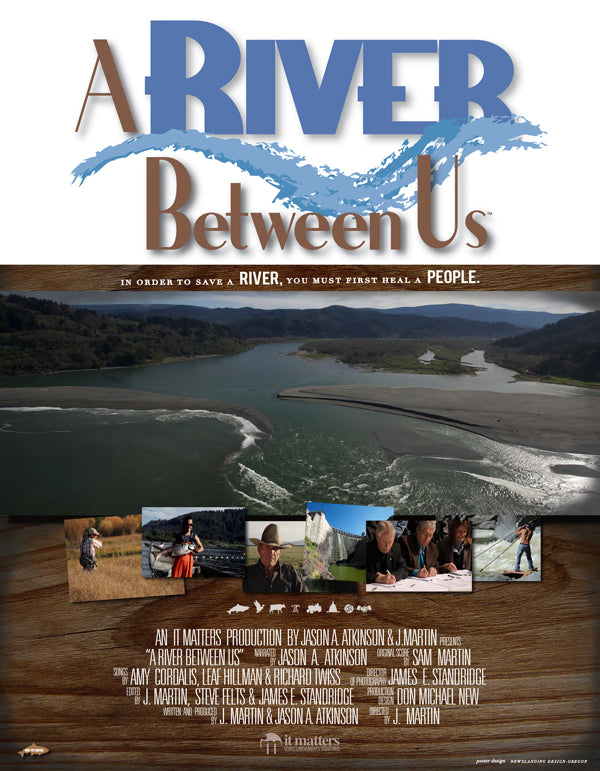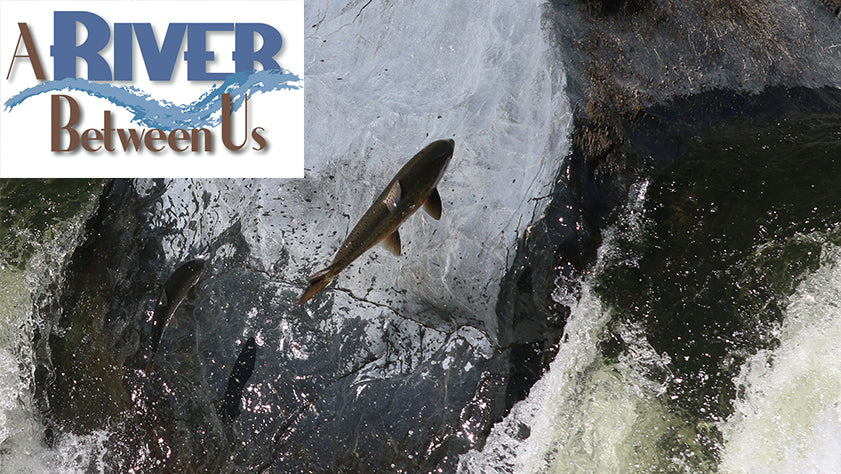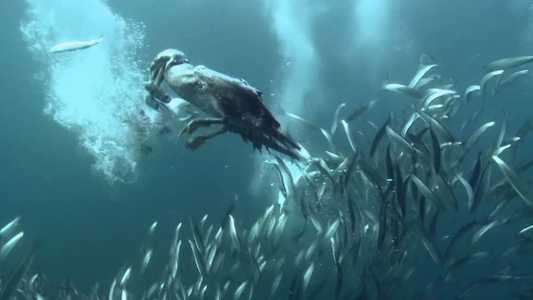What is A River Between Us?
It is a documentary film that brings to light a bitter, century-old, sociopolitical battle over water rights and the historic coalition that rose to end it, driving the largest conservation project in American history.
Why was the film made?
A River Between Us is a cinematic call to action on behalf of the largest restoration project in American history, with an endgame of provoking the White House into taking part in it. And it was created to draw attention to a fragile and precious region of the United States, which has provided a home and livelihood to generations of farmers, fishermen and Native Tribes.
Who is responsible for the film?
A River Between Us was produced by former Oregon State Senator and one-time gubernatorial candidate Jason A. Atkinson in partnership award-winning documentary filmmaker Jeff Martin (Lord, Save Us from Your Followers).
What is the backstory of the film?
Focused on the Klamath River Basin, which is comprised of nearly 16,000 square miles east of the Cascade Range stretching from southern Oregon well into northern California, A River Between Us captures the end of nearly a century of “water wars” in the region, wherein farmers, Native Tribes, local and regional industry, and environmental activists have been pitted against each other for rights to the Klamath River, the longest river in the United States.
Since the first dam was built on the Klamath in 1918, the river and its surrounding communities have been embroiled in political struggles for water use, with PacifiCorp’s four dams at the center of the matter. In addition to the sociopolitical damage caused by their presence, the dams are responsible for an overall scarcity of water, florescent green algae beds, dying fish, birds, cattle and crops, and vast destruction of life and livelihoods—a situation entirely caused by the actions of humans. The dams provide no water for irrigation, and only one produces any significant energy.
How was the film made?
Atkinson and Martin shot the film over two years along the entire Klamath River, conducting 70 individual interviews throughout Oregon and California with farmers, who need the Klamath’s water for irrigation; Pacific Power, who manages the dams; the Klamath Basin Rangeland Trust, who problem-solve for water use; historic and modern fishermen; members of the Native Tribes who have lived and worked along the Klamath for centuries; federal, state and local politicians; and environmental advocates.
What results have the film produced already?
The coalition that comes together over the course of the film is made up of 42 different – many historically adversarial – organizations. But as the disparate groups put aside their differences to sign a landmark agreement of compromise, the collective movement began an entirely new approach to conservation, one that views community as a crucial part of the natural habitat, where people are an extension of the river, rather than its controlling interest. Pacific Power has agreed to remove the dams.




